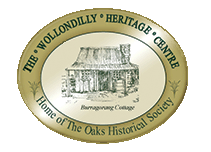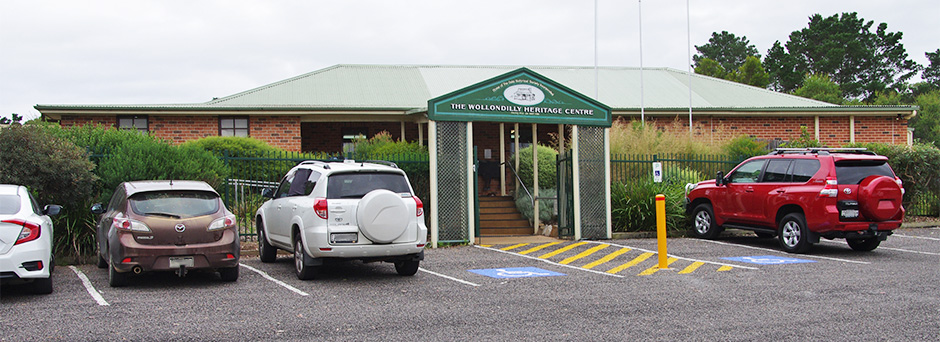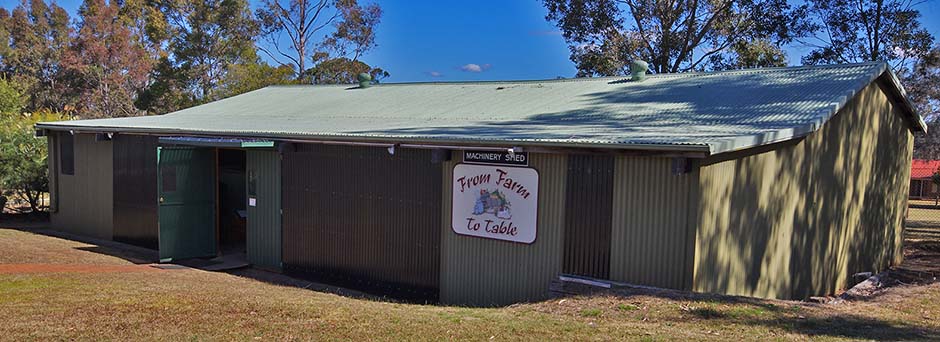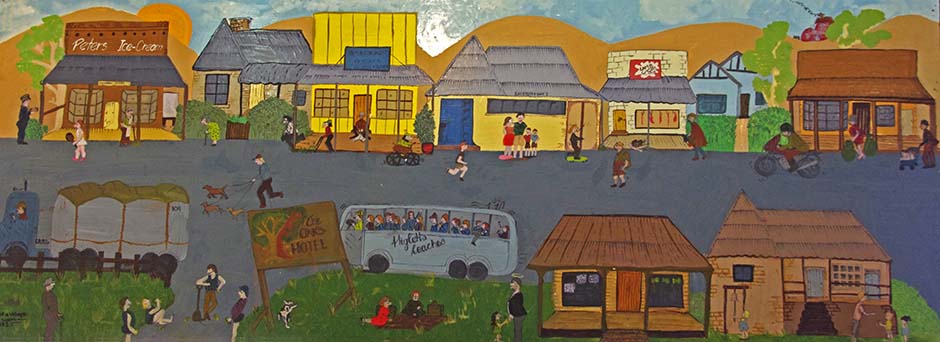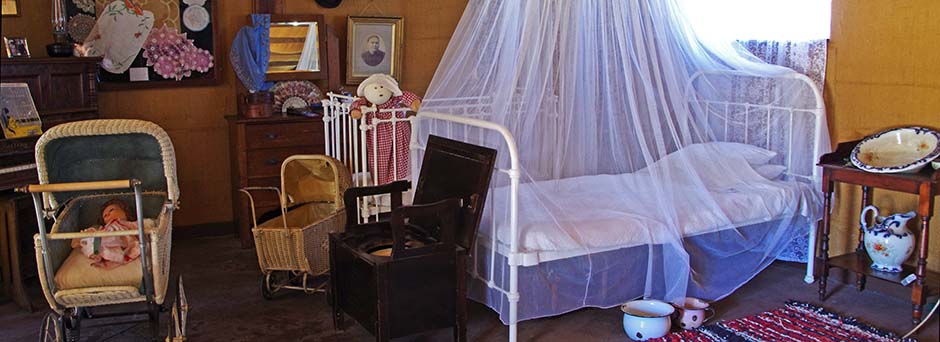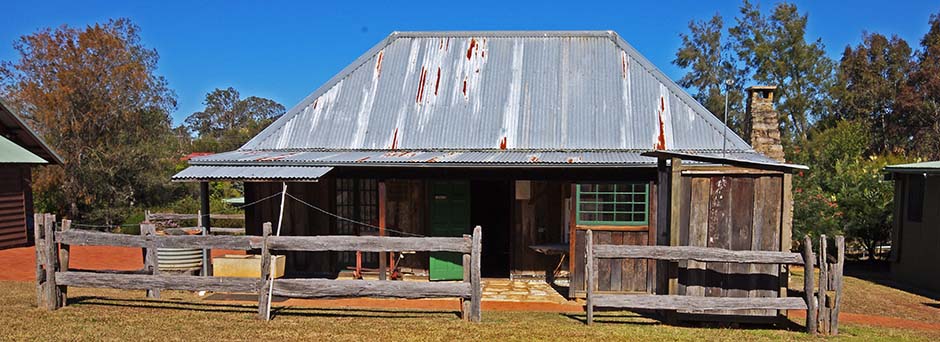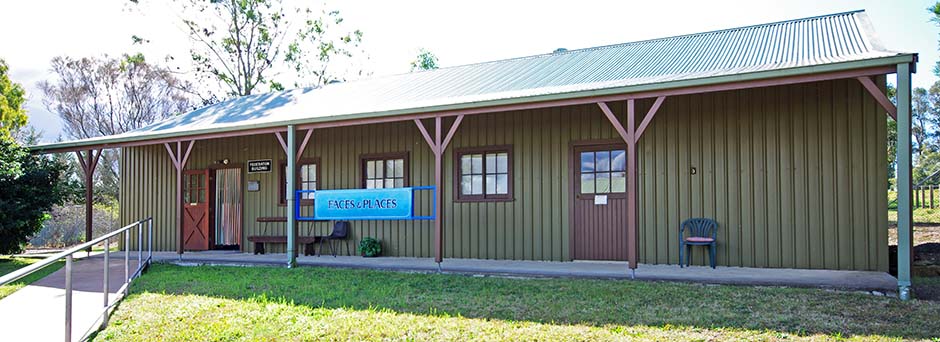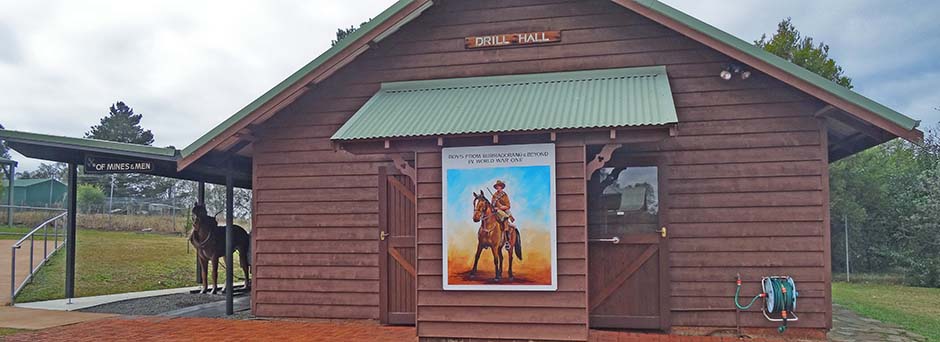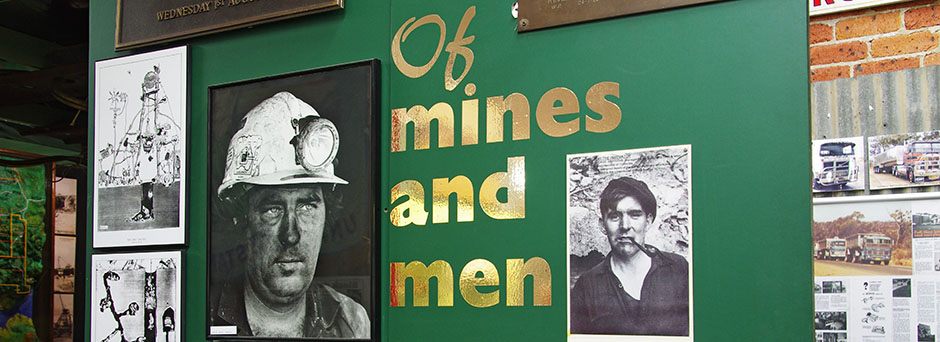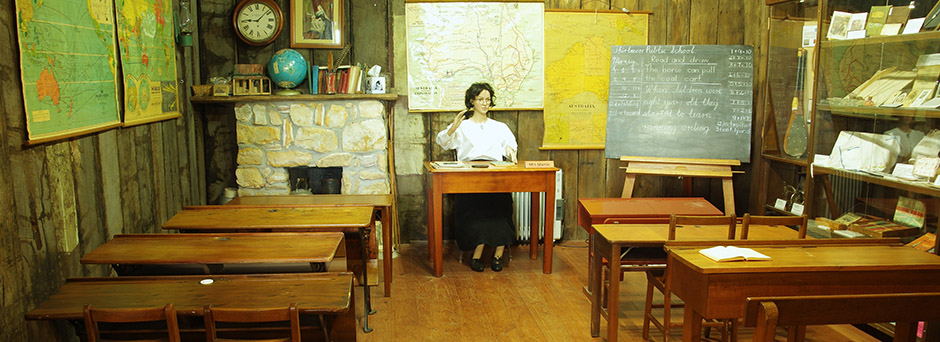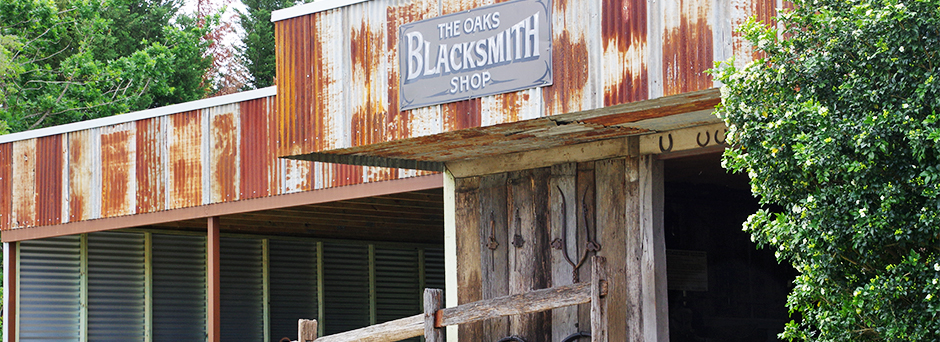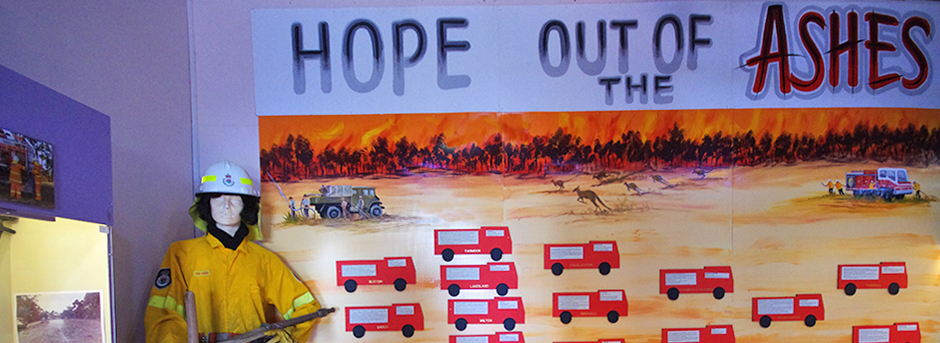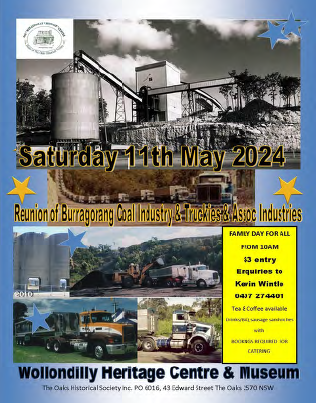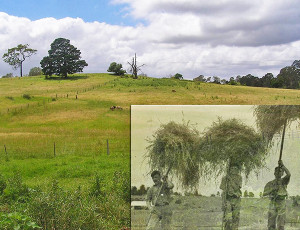Stories from Barnardo Farm Training School at Mowbray Park 1929-1959
The exhibition was initiated by ex residents of the Barnardo home in 2008 after a previous exhibition about teachers in Wollondilly, Teachers Tales featured a story from Barnardos. A series of workshops ensued with people who had been at the home, neighbours and friends and Ann Howard who had produced two seminal works on this home previously. Therefore the exhibition and book are not intended as a history of Mowbray Park home but as a record of those locals who wanted to be involved. The project was widely circulated at Barnardo reunions and locally and a grant was received to produce a re-enactment of some of the stories by Sarah’s Theatre for Young People. The DVD was made by Sandra Pires of Why Documentaries and script writers, Rie Natalenko and Chris Mansell.
In 1929 a farm training school was opened at Mowbray Park under the auspices of Barnardo Homes to bring carefully selected children from Great Britain from orphanages and children’s homes to be trained as farmer labourers and domestic servants and to take advantage of the fresh air and sunshine of the British colonies – Rhodesia, Canada, Malta, Australia, New Zealand. Previous schemes had been unsuccessful because the children selected had mainly come from British towns and cities and had no experience of farming or working on the land.
At Mowbray Park the boys were trained in all aspects of agricultural life while the girls learned domestic skills such as laundry, food preservation and cooking and cleaning. “There was never any affection or cuddles; you had make the best of what you had … I was assigned to washing the girl’s stockings” Kathleen Springett Mowbray Park, 1938, aged 9.
Many of the correspondents had bad memories of their lives before they came to Mowbray Park. Bill Moverly still remembered his first birthday present 75 years later! He was placed in The Babies’ Castle in Kent when until he was four then sent to a foster home where he was expected to work for the widow together with 3 other children. He said “On my sixth birthday I received my first birthday present – a bright red fire engine with an extension ladder, wind up motor and battery operated lights! … it was brought out every birthday and Christmas. When I went it was left behind for the next child to play with”.
Since most of the correspondents had similar memories of English State Institutions, their experiences in Mowbray Park seemed positive. Cliff Remmer commented at the end of his story “I have nothing but praise for Barnardos. Everything they did for us was done with the best of intentions and most of us turned out well in our adopted country”.
Mowbray Park is in the area of Lakesland and Thirlmere and the boys grew up with the local children at Picton School. Many of the locals today remember the Barnardo Boys. Farmer John Fergusson said “we used to swap our sandwiches for their ‘smelly nellys’ called after the melon and lemon jam they had on them. We dressed like them – khaki shorts and shirt – and everyone went barefoot. We were all friends together and they were part of our lives”. Bill Nolan was nineteen when he was the local bus driver and took them to school and back “ We picked them up at the bottom gate below the Cuzens building. This was quite an experience, you had to be able to duck your head as things were pelted in and hit the windscreen – bits of apple, half an orange or whatever they did not want! So I had to start dealing with the problem and the best thing those days was to report them and they got the cane – or put them off and make them walk! After making an example of some the throwing ceased!” Bill also remembered decorating the bus with bunting and taking the boys to see Queen Elizabeth when she visited Sydney in 1954. They parked on Williams Street and had a great view!
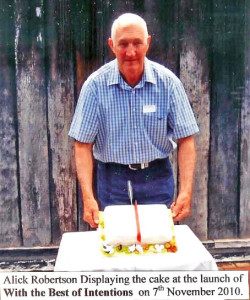 While most of the boys had good memories of Mowbray Park many of them also remember the difficulty of being on their own when they had to leave and were sent out to remote stations as farm labourers. Alick Robertson “ Well this so called freedom of being out of Barnardos was not what us boys were expecting; sixteen hour work days seven days a week apart from 3 hours off on Sunday between 11am and 2 pm! … it suddenly became apparent that you were seventeen years of age and completely alone; no mates to talk to; no sport or other human activities such as visiting local families, weekends in the bush possum or rabbit hunting. Apart from a few shortfalls life for a young boy at Barnardos was pretty good”
While most of the boys had good memories of Mowbray Park many of them also remember the difficulty of being on their own when they had to leave and were sent out to remote stations as farm labourers. Alick Robertson “ Well this so called freedom of being out of Barnardos was not what us boys were expecting; sixteen hour work days seven days a week apart from 3 hours off on Sunday between 11am and 2 pm! … it suddenly became apparent that you were seventeen years of age and completely alone; no mates to talk to; no sport or other human activities such as visiting local families, weekends in the bush possum or rabbit hunting. Apart from a few shortfalls life for a young boy at Barnardos was pretty good”
The research for this exhibition was assisted by the access that they had to their files under the Freedom of Information Act. These files were often poignant as many of them discovered their reasons for being in care all those years ago and the duplicity of government institutions in not releasing information about their families earlier. It was not until the 1990s that many discovered details of siblings and parents back in England. This has been a bitter disappointment which the British government now acknowledge and they are providing funding for reunions in England. However for many of the Barnardo Boys and Girls, this is 30 years too late.
Doreen Lyon

